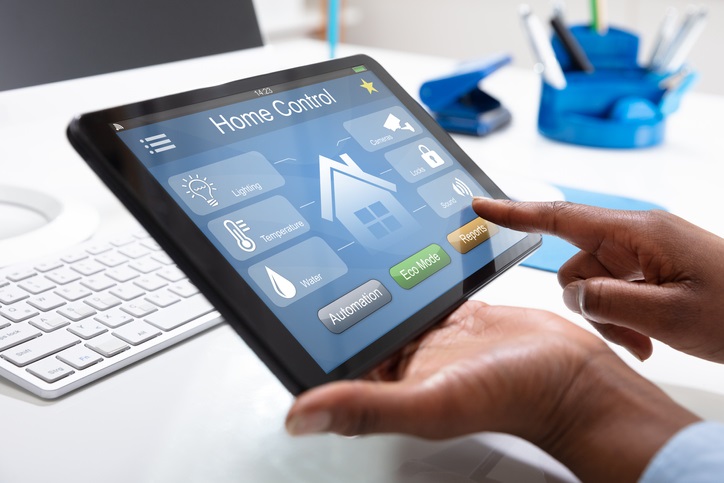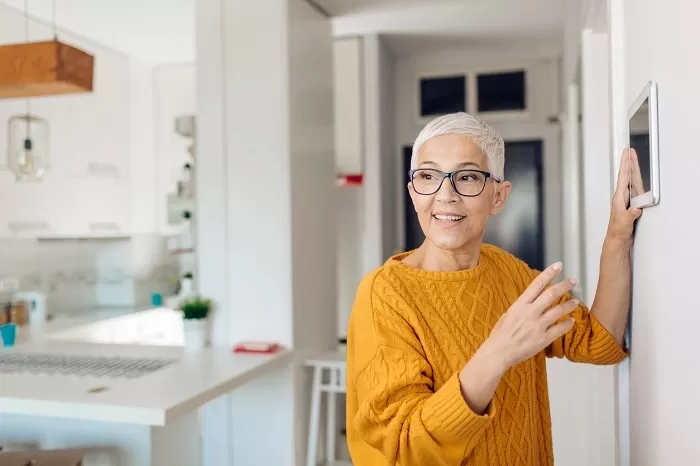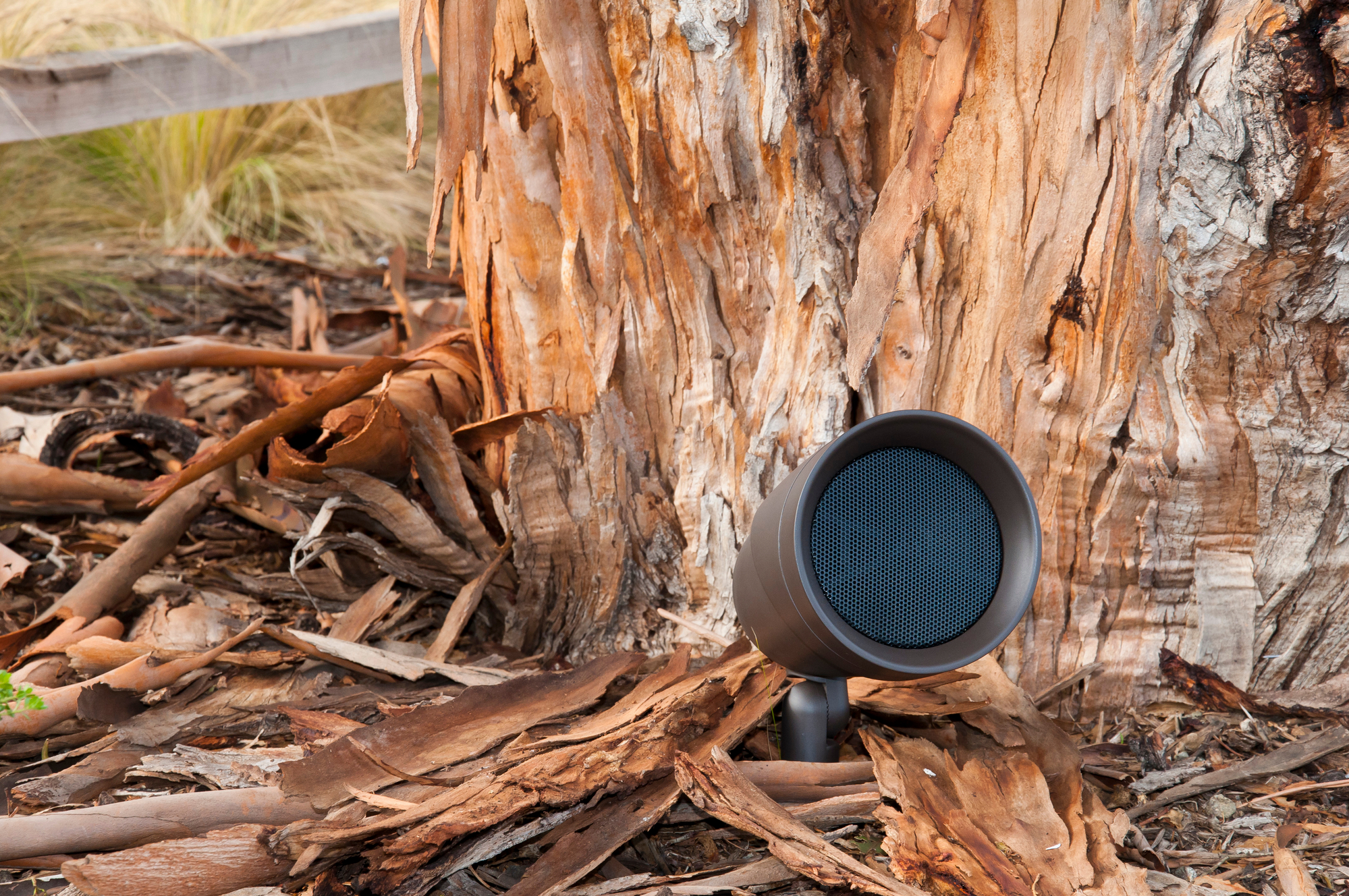Understanding the Difference Between Smart Homes and Home Automation
Technology is constantly looming in our lives. Smart thermostats regulate our household temperatures. Security devices keep our houses safe while we’re away. Our health is continuously monitored with wearable technology. A camera watches our pets at home. We can’t escape technology, so we might as well embrace it. As we add more technology to our everyday life, it can be pretty confusing to understand the terms for different technologies.
It’s common to hear “smart home” and “home automation” used interchangeably, and while they are related, there is a big difference between the two.
What is smart home technology?
Smart home technology generally refers to a class or series of electronic devices and sensors controlled over the internet with a phone, computer, tablet, or other devices.
A smart home device will often have a dedicated application that can be used to control the technology within a specific ecosystem. Examples include light switches that can be operated remotely, surveillance cameras that can be monitored from anywhere, thermostats that can be programmed to follow a schedule or adjusted spontaneously, and energy or water meters that empower tracking consumption in real-time.
Technology within your home that you can operate, monitor or access information without a physical interaction may be classified as smart home technology.

So, what about home automation?
Home automation refers to utilizing smart home devices together to create events automatically, without user interaction.
The concept behind home automation is that you can enable intelligent devices to work together based on feedback shared between one another. This usually starts with a home automation controller that connects various smart home devices and receives signals from them based on specific events. From there the home automation controller can tell other devices to do things based on the type of events it receives. The goal behind home automation is to automate specific processes and tasks for a simplified user experience.

For example, let’s say you want to set your smart home devices to a particular scene as you wake up in the morning. (A scene is a general term that refers to a group of smart home devices programmed to work together based on an application.) With home automation, you would set up a scene that would enhance your morning routine. It could involve starting your favorite playlist on your speakers, adjusting your lights, starting up the coffee pot, and turning off the home alarm — all with the single touch of a button, or based on the time of day, or many other triggers that would start this process.
Simply put, home automation is achieved when your smart home devices are set up to talk to one another. The devices typically use a controller which is part of a home automation control system to communicate seamlessly across different platforms. The control system serves as a middleman, enabling various devices and ecosystems to communicate with each other; it also eliminates the need for separate control systems and apps for each device. With home automation, you can customize your smart home devices to reduce the effort and enhance the experience of your day-to-day routine. This is done by better understanding your lifestyle and programming the devices to work with the home automation system so that we can help achieve your goals.
Whether you’re looking to get started with smart home technology or you want to automate an intelligent home system, AV Design Consultants provides many options for versatile, high-quality devices, ranging from smart home technology to robust control systems for automation. Give us a call today at 479-365-2201 to learn more about our products and services.
When you subscribe to the blog, we will send you an e-mail when there are new updates on the site so you wouldn't miss them.





